Most guidebooks give the Flemish coastline a bad write-up, though that’s a tad lazy. In the 1900s, it was the holiday destination for northern Europe’s rich and famous. King Leopold I regularly holidayed here with his wife and poured money into the development of Ostend. Belle-Époque mansions sprang up and the sweeping beaches were dotted with wooden beach huts. Today, the beach huts remain but the mansions have ceded to drab high-rise apartment blocks; only smaller towns like Knokke and De Haan have escaped the hands of contractors.
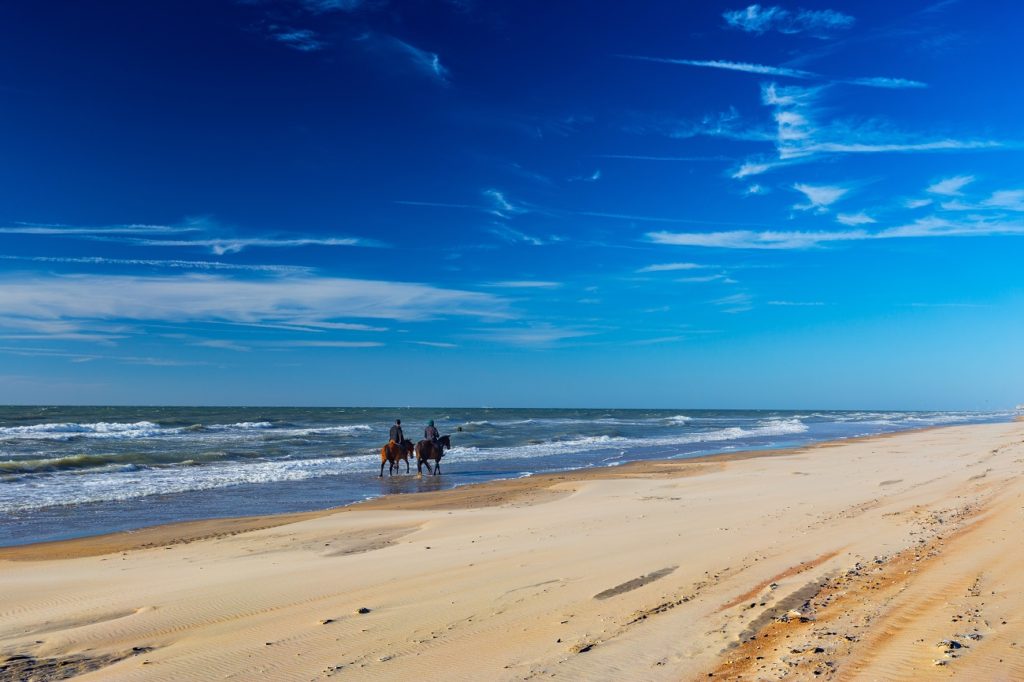
However, the coast’s heritage is only hidden, not lost. You can see the world’s last shrimp fishermen trawling the shallows on horseback in Oostduinkerke, visit the medieval remains of Ten Duinenabdij and pay your respects at World War I sites.
One of the region’s most tourist-friendly initiatives is the Kusttram: running the entire 67km length of the coast, it’s the longest tram line in the world, beaches blurring as you hop from one municipality to the next. However, it would be a shame to miss the scenic, dune-backed hikes on offer here – or the excellent promenade that runs the length of the coast and is tailormade for cyclists.
So, does the Flemish coastline rival the French Riviera? Perhaps not. But linger a while and you’ll find that the Flemish coast has its own charm: fabulous fish restaurants, endless watersports and the nostalgic air of how holidays used to be.
Where to visit
Knokke-Heist
Set foot in Belgium’s very own Saint-Tropez and you’ll soon be astonished by the amount of Mercedes and Porsches whizzing by. As indicated by the hyphen, Knokke and Heist (aka Heist-aan-Zee) are two separate towns spanning the beaches and villages of Duinbergen, Albertstrand and, east of Knokke, Het Zoute.
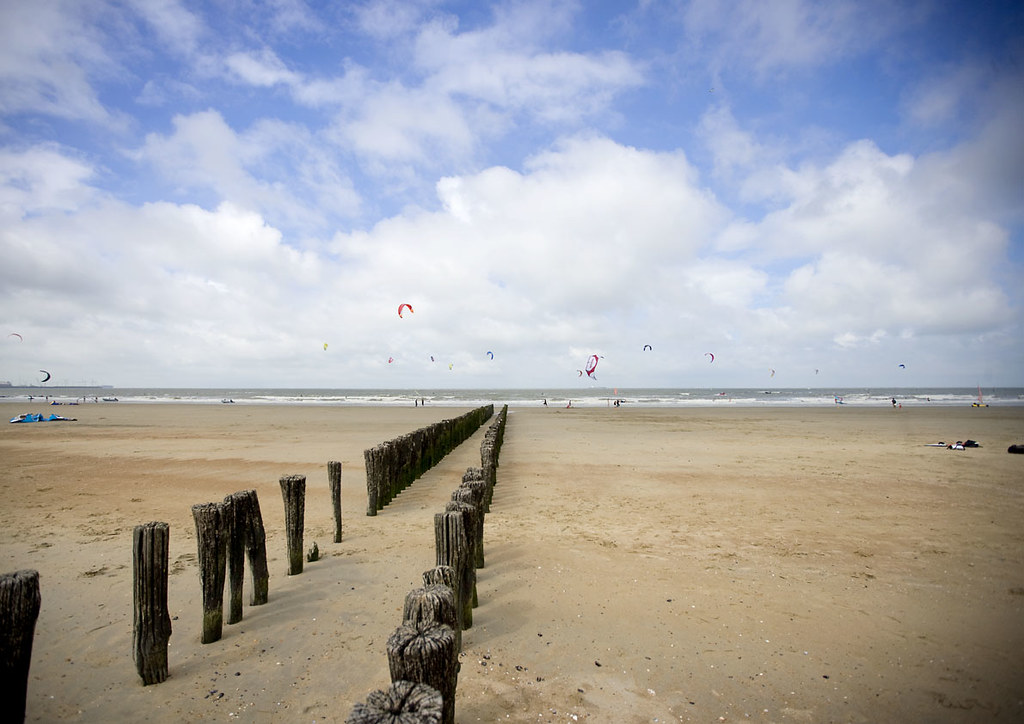
Exclusive boutiques – most open on Sunday, unusually – sit alongside the most concentrated array of art galleries in Belgium outside Antwerp and Brussels: a dose of creativity that helps to off set the glitz and fake tans. The restaurants along this stretch serve the best seafood on the coast thanks to their proximity to Zeebrugge, with 20 Michelin stars within a 25km radius. And then there’s the stunning Zwin Natuur Park reserve, which sits right up against the Dutch border and has a new visitor centre spotlighting the birds that pause here during their peregrinations.
De Haan
De Haan is one of the few coastal towns to have escaped high-rise development. There’s not much to do beyond profiting from the excellent beach and promenade, but if you’re looking for somewhere quiet to stay, De Haan is your place.
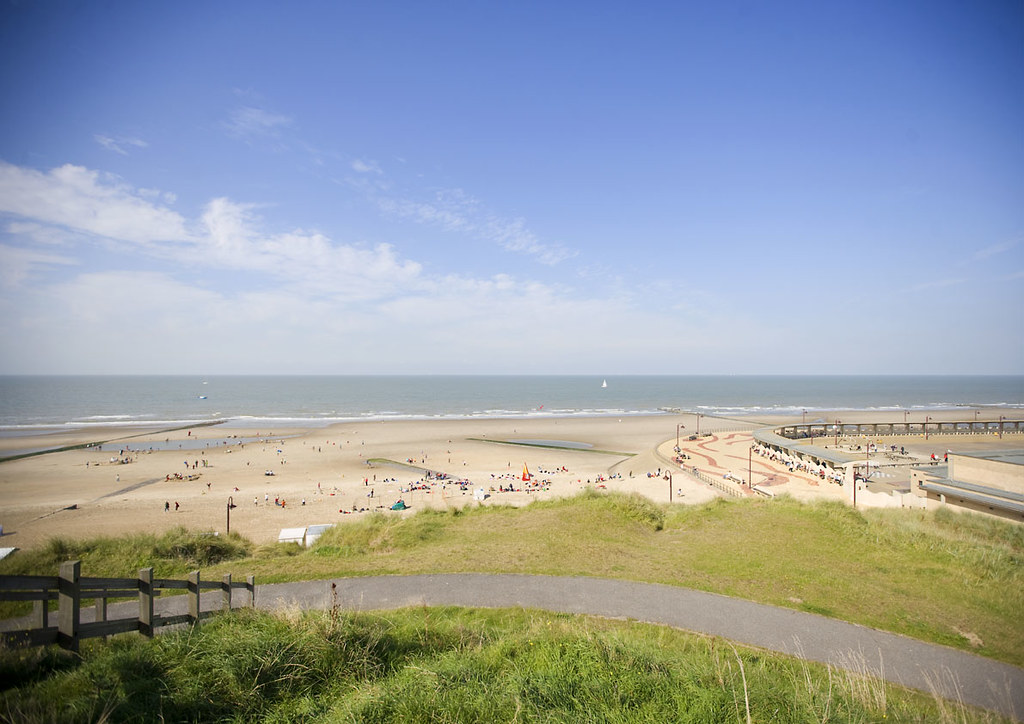
You’ll be following in famous footsteps: in 1933 Albert Einstein lived here for a short while. You’ll find a statue of him on Normandiëlaan and his old abode, Villa Savoyarde, on de Shakespearelaan. Architecture fans can admire de Concessiewijk, a neighbourhood of white Anglo-Norman villas that are highly popular with German homeowners.
Ostend
The largest city on the Flemish coast began as a village on an island called Testerep but when the sea level dropped during the Middle Ages it became part of the mainland. By the 15th century this small fishing village was doing very well for itself, but it hit the jackpot in 1722 when local merchants established the Oostendse Compagnie, a fleet that traded with the East and West Indies.
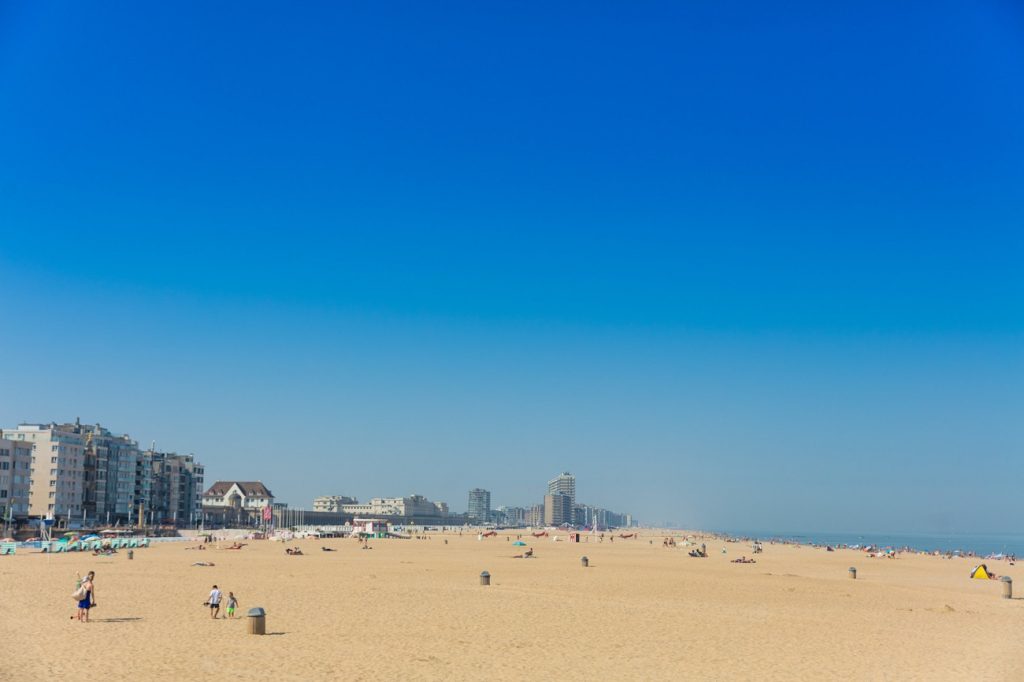
Despite the riches it brought, the company was closed in 1731 as part of the Treaty of Vienna, when the Austrian Netherlands joined forces with Britain against the French and Spanish. Ostend’s reinvention as a seaside resort started not long after, and by 1850 it was the playground of the European aristocracy. The construction of the Brussels–Ostend railway line allowed for easier access to the town from 1838, and shortly afterwards a Dover–Ostend ferry route was established.
Today, the ‘pearl’ of the Flemish coastline has lost some of its shimmer, but it’s a likeable, bustling place with first-class restaurants, snug bars and a great art museum, as well as an annual sand sculpture festival. Owing to its strategic location midway along the Belgian coast, it’s also an ideal base from which to explore other coastal towns. Painter James Ensor lived here all his life and, fascinatingly, soul legend Marvin Gaye called the town home for a few months as well.
Nieuwpoort
This elegant town played a critical role in World War I, when heroic locals intentionally inundated the surrounding polders to halt the German advance. Today it lays claim to the biggest yachting port in northern Europe, and is known for its well-heeled shops, brilliant fresh fish and unusually rich flora and fauna.
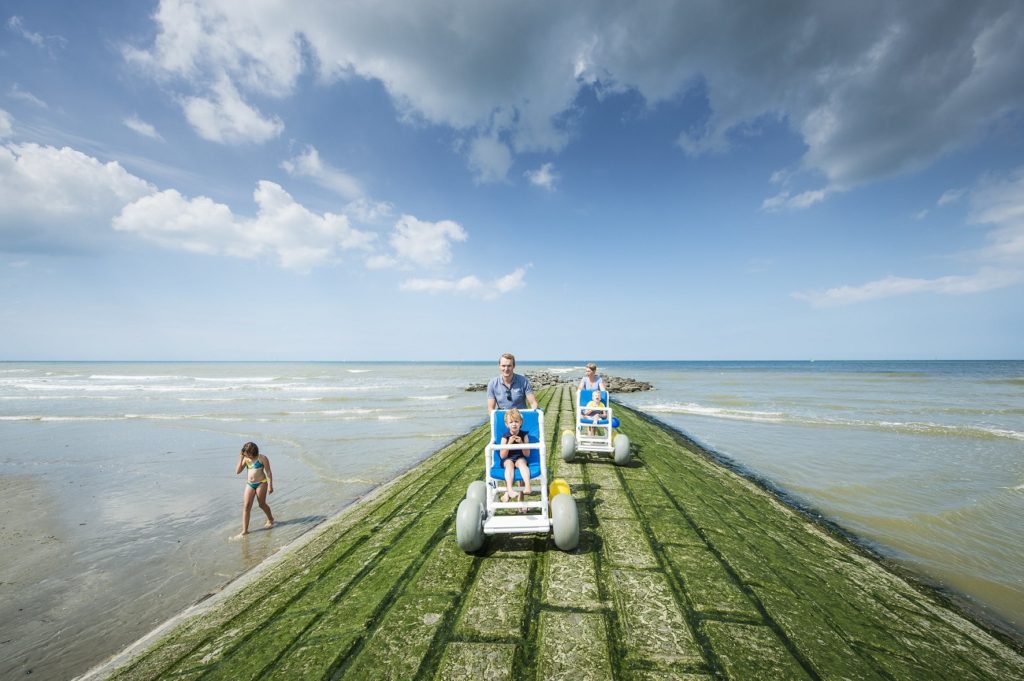
The town revolves around its beach, where you can stroll along the beautiful sea dyke or just soak up the holiday atmosphere. Watch out for the golden Jan Fabre statue of a kid sitting on a giant turtle. Officially titled Searching for Utopia, but known by all as ‘The Turtle’, it was produced during the first Beaufort triennial and was so popular that the city bought it.
Oostduinkerke
Quaint and quiet Oostduinkerke is famous for its paardenvissers (horse fishermen), who trawl the shallows at low tide fishing for the grey North Sea shrimp used in dishes like tomates-crevettes.
A hundred years ago horse fishermen could be seen plying the shallows along the length of the Flemish coast, northern France, the Netherlands and the south of England. Today, despite numbers dwindling to three fishermen in living memory, and despite global warming bringing unwanted jellyfish and other catch close to the shore,
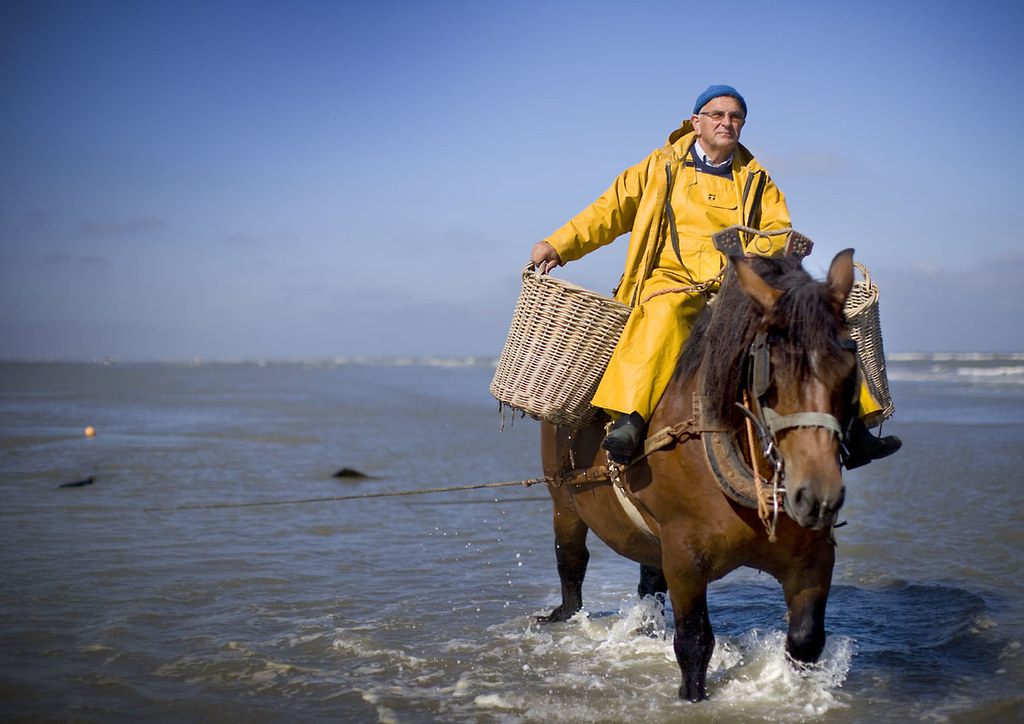
Oostduinkerke is the only place in the world where the tradition lives on, hence UNESCO designating it as intangible cultural heritage in 2013. From spring to autumn, ruddy-cheeked, bearded fishermen (and, nowadays, one or two beardless fisherwomen) wearing yellow oilskins and sou’westers ride hefty Brabander horses up to their chests into the muddy North Sea. For 2 to 3 hours they wade up and down the beach pulling nets behind them and occasionally coming ashore to empty their catch into the wicker baskets slung either side of their saddles.
De Panne
Right up against the French border – many locals speak the lingo – De Panne has the widest beach on the coast, and you’ll likely spot sand yachts whipping along it: the town is a big hub for the sport. It also has a pretty collection of early 20th-century holiday mansions and extensive sand dunes.
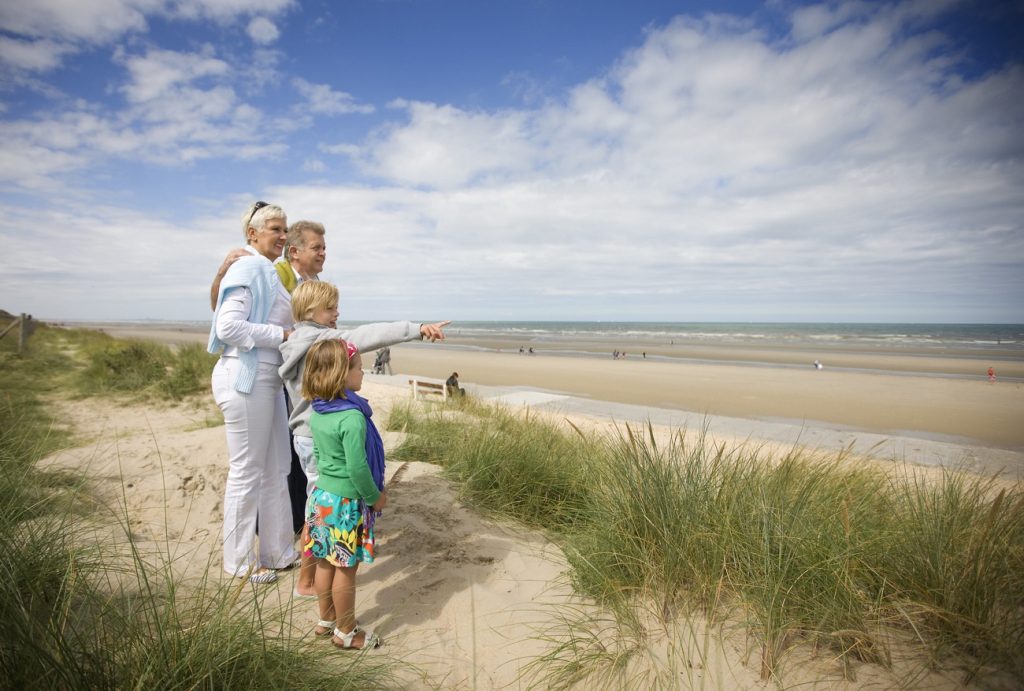
The dune-rich 340ha Westhoek or 60ha Oosthoek nature reserves are home to an array of flora and fauna, including foxes, plovers, larks, nightingales and the short-eared owl, to name a few. In town have a wander around the Dumontwijk, an area of streets bordered by Zeelaan, Duinkerkelaan and Witteberglaan that contains an array of intriguing English cottage-style houses conceived around 1900 by architect André Dumont.
Veurne
Just 6km from the French border and the North Sea coastline, Veurne – or Furnes as it’s known in French – retains an ancient charm that Flanders’ other coastal towns have lost. Established in the 9th century as part of a chain of fortified towns built to defend locals from pillaging Vikings, it benefited for a short while from the Hanseatic League, but when relations with London soured, the town entered a dark period and became embroiled in numerous wars. It also suffered under the thumb of the Spanish Inquisition, which held its court in the Landshuis.
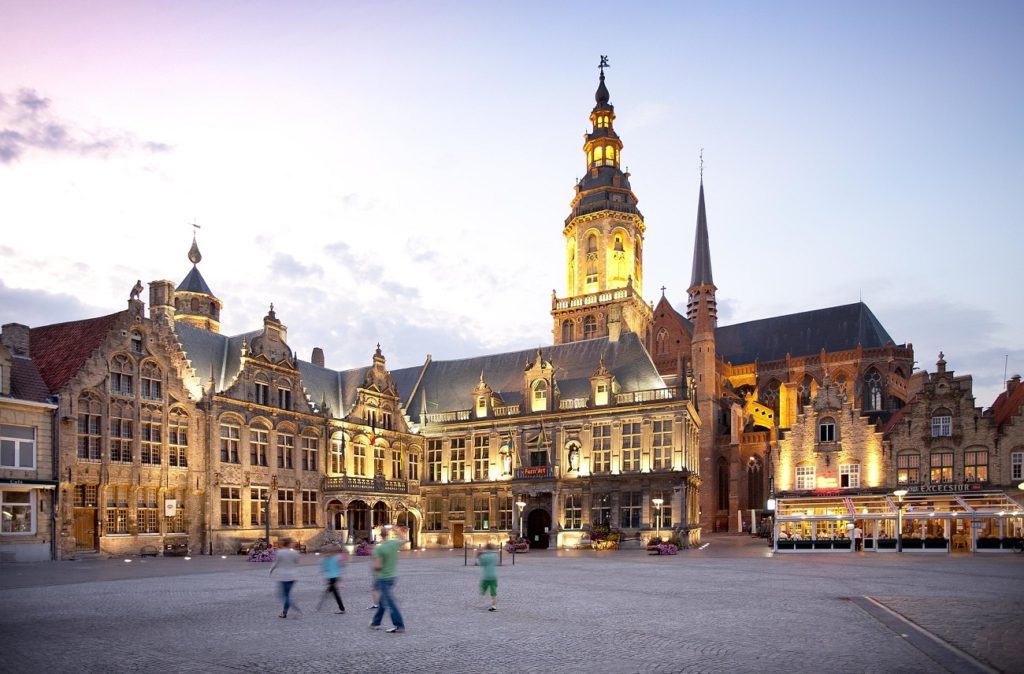
Peace and prosperity returned in the late 16th century, when Infanta Isabella and her husband Albert Archduke of Austria assumed control of the Spanish Netherlands. Many of the town’s finest buildings date from this period. Indeed, Veurne boasts one of Flanders’ most authentic market squares: it was situated 9km from the front line during World War I and, as a result, many of its 16th-century buildings avoided destruction. It’s a lovely place to wander around and there are ample local specialities to tuck into too. The surrounding countryside, known as the Westhoek, is ideal cycling territory.
More information
Discover more of Belgium’s treasures in our guide to the country: